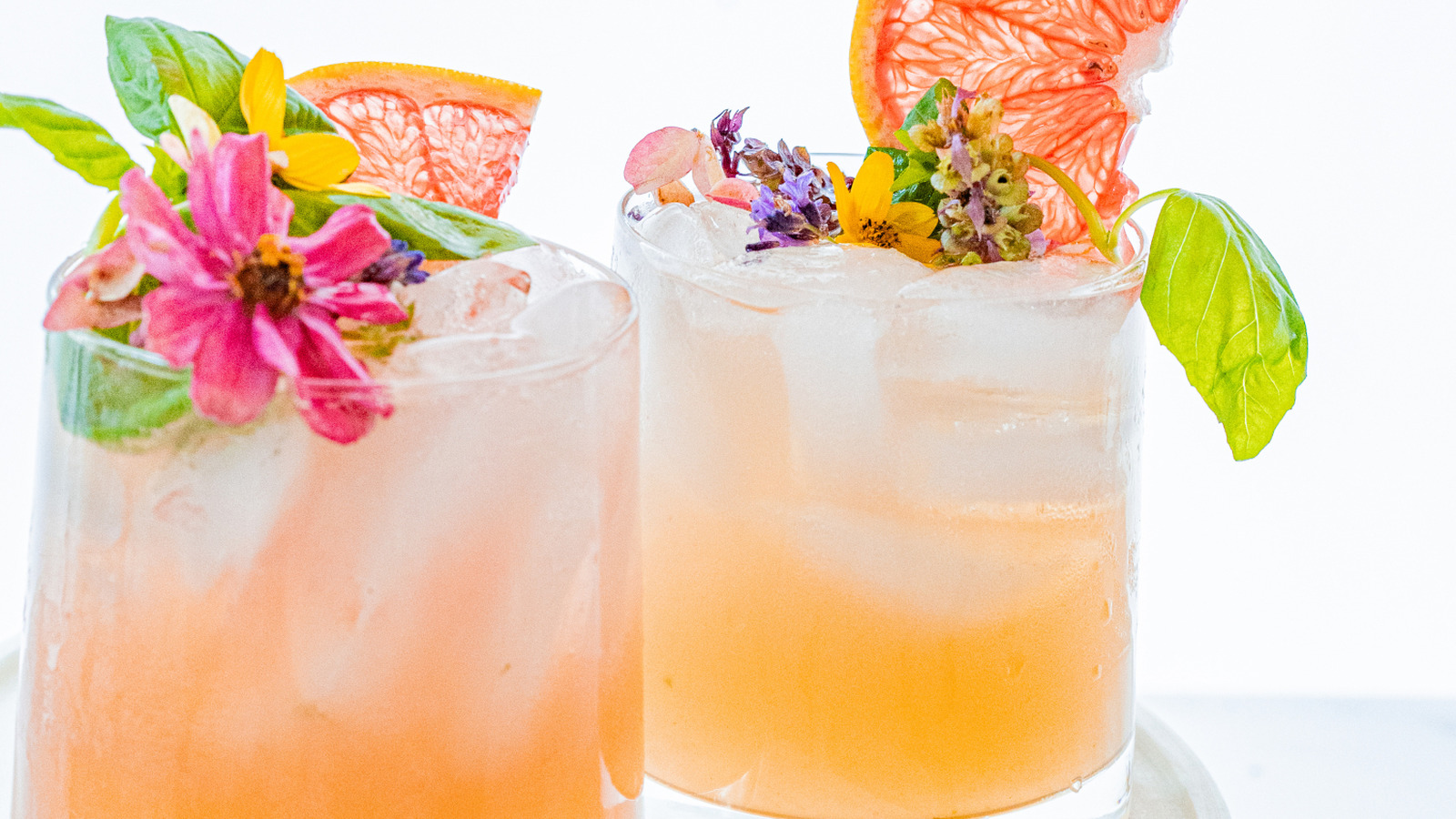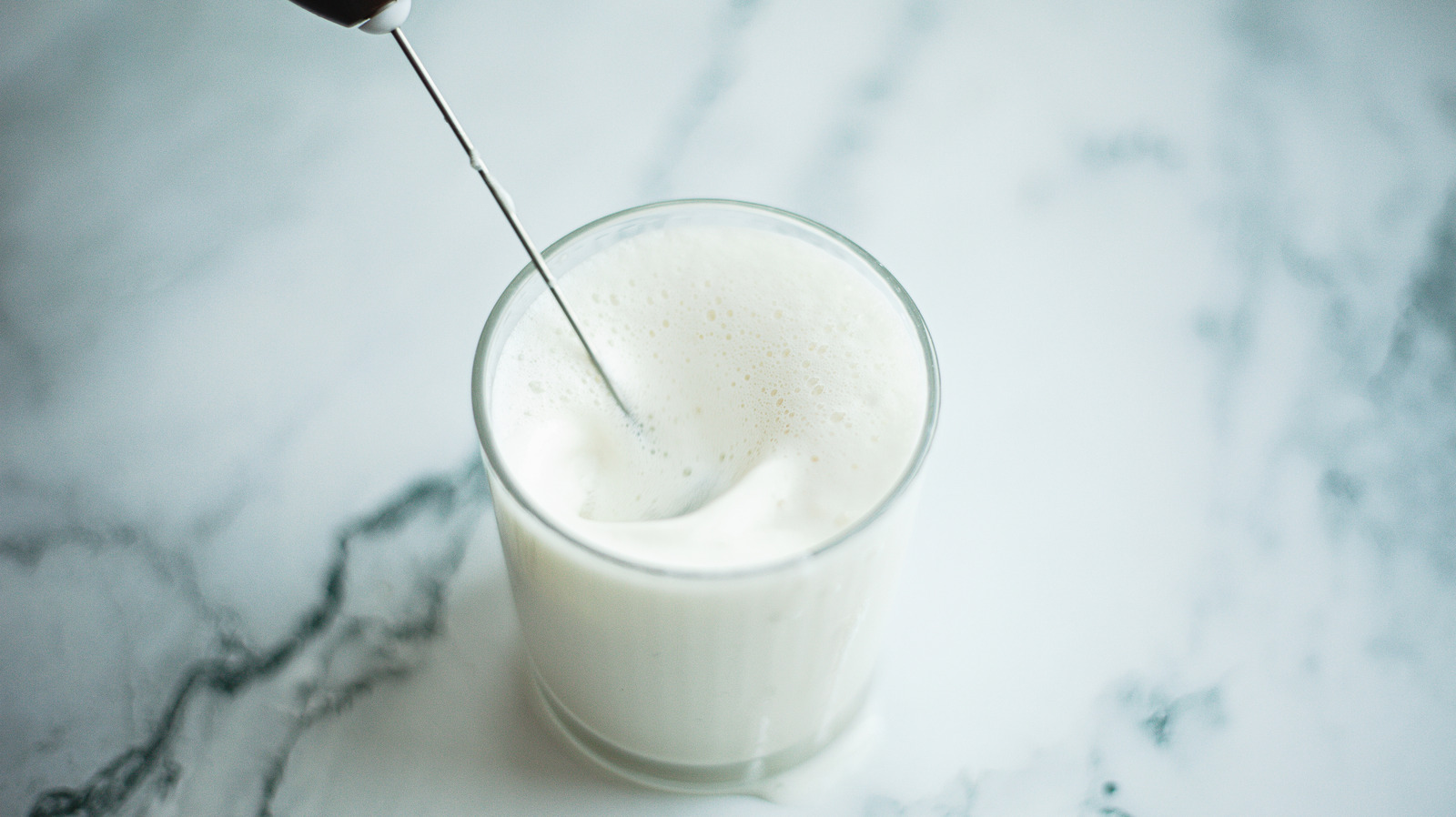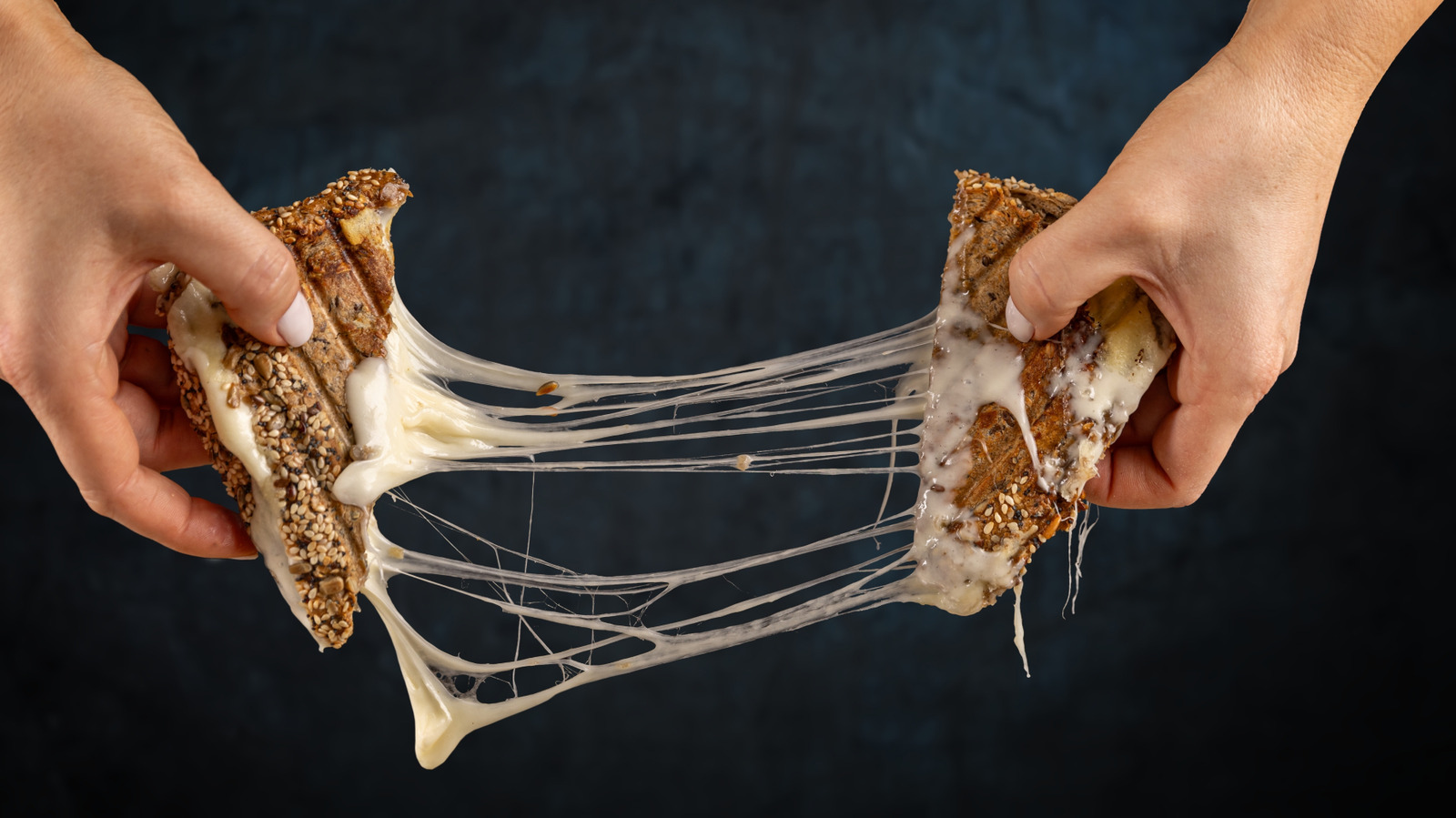There are some foods that are more than just a mealtime staple; they're a connection to culture and the richness of the past. For example, the French baguette achieved a cultural milestone when it was awarded UNESCO Heritage status in 2022. Over in Iceland, hákarl is celebrated as a delicacy , a heritage food, and an important connection to the nation's history.
Look to Hawaii, and you'll find that it has its own food that serves as a cultural touchstone linking past and present, and that's poi. Poi has a pretty incredible history. When intrepid Polynesian settlers rooted in Hawaii between 1000 and 1200, they brought some staple crops with them, including taro.
Taro was then turned into poi, a sticky, sour, dough-like food that became integral to life on the islands. Traditionally made by crushing steamed taro roots with stones to create a paste that's then left to ferment — extending its shelf life — poi (and taro root) have been found to be a serious nutritional powerhouse. Full of fiber, vitamins, and nutrients, it's been linked to lowering the risk of heart disease while promoting gut health and helping to manage blood sugar.
Given poi's history and importance in Hawaii's establishment, it's not surprising that it's featured in the islands' spiritual history and culinary past. Legend says that the taro root was the first child of the sky, Wakea, and the goddess Ho'ohokukalani. The child, however, was stillborn, buried, and returned as the taro root to provide susten.











:upscale()/2024/12/23/986/n/1922441/ae269e286769e6f5b332b2.08351138_.jpg)







